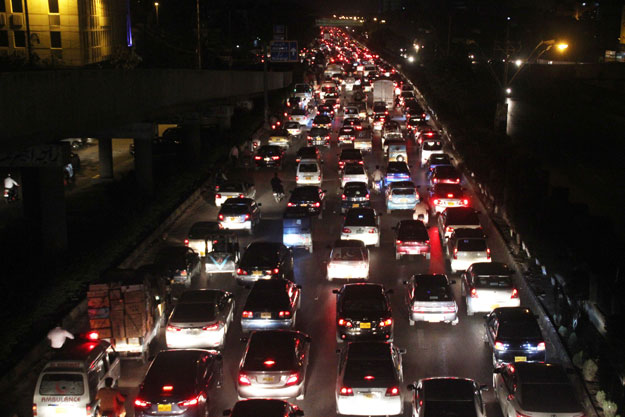
The general elections are around the corner and the Pakistan Peoples Party, in its quintessential style of dysfunctional governance has decided to finally spend Karachi’s budget on its citizens. The focus is on physical infrastructure – because that’s what voters can see and be fooled into believing that the provincial government actually did some of the work it was elected for. Forget about broken water supply system and ill-equipped public hospitals; smooth roads get votes.
The irony, however, is that the city administrators are even failing at getting this simple job done. While a number of problems can be listed here, for brevity’s sake, the article will only focus on the flawed decision to widen city roads to ease traffic congestion.
Why did six students die in Karachi during road construction?
Problems with the strategy
Induced demand
Contrary to prevailing wisdom in the 60s, road engineers noticed back then that new or bigger roads were not solving the traffic problem – they were, in fact, causing it. The concept came to be known as induced demand which states that after supply increases, more of a good is consumed. This is obvious if we just look at all the road expansions made in Karachi in the past; they offered temporary respite but drivers were soon complaining of traffic delays.
Expanding lanes or building new roads will be counterintuitive as more people will be encouraged to use these roads, thereby increasing congestion. A 2009 study conducted by the University of Toronto across many cities over a 20-year period concluded that if a city improved its road network by 10%, the congestion in that city increased in tandem by 10%.

Better roads lead to more capacity which attracts more vehicles and results in chronic intensification of traffic. For example in Dubai, which has the finest road networks, acute traffic chaos is common and it often takes hours to get from one place to another.
Shifting bottlenecks
Adding a lane at a certain portion of a road and not the entire road, as often happens in Karachi, will only shift traffic jams from that expanded part to where the road reduces back to its previous number of lanes. For example, if the three-lane University Road is expanded to four lanes just near the Federal Urdu University and not from start to end, the traffic coming in will expand at that particular point but will have to shrink again, creating a new bottleneck.
Careem and Uber are great but we need less – not more – cars in Karachi
This new jam could be far bigger than the previous traffic jams because the improved road would have attracted scores of new vehicles looking for a better road.
Traffic from other routes
A newer, better, and bigger road attracts drivers who would otherwise be using slower alternative routes, increasing the flow of cars on the new road. This underpins the Braess’s Paradox, which states that building a new road can actually make every single journey slower since every driver will try to utilise this road in hopes of reducing their own travel time.
In the case of Karachi, imagine if Shahrah-e-Faisal is improved to offer the smoothest flow of traffic. Drivers will automatically start taking that road more frequently to shorten their travel time – they will avoid the slower service roads and longer alternative routes to get to their destination. Within a short time, this new vein will become blocked with thousands of new drivers, ultimately causing a massive blockage.
The price Karachi pays for its inefficient public transport system
Real solutions
Improve public transit
One doesn’t have to reinvent the wheel. Cities around the globe, big or small, have come to the conclusion that the most sustainable method to allow mobility is through public transportation and that is what Karachi needs. An efficient rail network aided by a complementary bus system to act as feeders from suburbs and other less-travelled routes is the only way the city can tackle its monstrous traffic. The setup has to be state-sponsored as the service must be provided irrespective of its profitability.
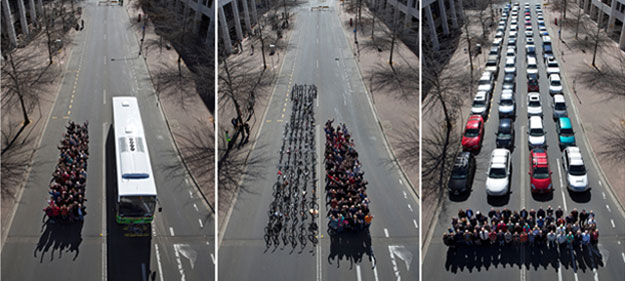 This photo, taken in Canberra, Australia shows how much road space 69 people occupy when they travel in a bus, on bikes and in cars. The photo illustrates that in the space it takes to accommodate 60 cars, a city can accommodate around 16 buses or more than 600 bikes. PHOTO: CYCLING PROMOTION FUND
This photo, taken in Canberra, Australia shows how much road space 69 people occupy when they travel in a bus, on bikes and in cars. The photo illustrates that in the space it takes to accommodate 60 cars, a city can accommodate around 16 buses or more than 600 bikes. PHOTO: CYCLING PROMOTION FUNDDiscourage private vehicles
Once public transit becomes efficient and reliable, efforts must focus on discouraging the use of private vehicles, at least during the peak hours. Carpooling is one way to reduce the use of automobiles; another method is to increase the cost of owning, using and parking a vehicle. Changing commuting patterns by encouraging home-based professions can also ease the traffic burden. Alternatively, introducing cycling culture, implementing pedestrian-friendly policies and developing innovative communities can help reduce travel times for work as well as pleasure.
Introduce congestion pricing
One of the most precious resources in a city is space and while most of it is priced according to its value, road space isn’t – it is almost free to use. Road space is also in great demand by car owners, bus drivers, cyclists and others; so to achieve a certain level of service, it must be priced according to its demand. This idea is called congestion pricing which makes vehicles entering particular zones at certain time – usually busy areas during peak hours - pay a fee for using that space. The subsequent high cost of driving discourages drivers from using the space and look for alternatives such as mass transit. Just like the above suggestion, congestion pricing must only be implemented when existing public transportation is actually convenient to use.
Ali Lawati is a transportation consultant and a published author.





























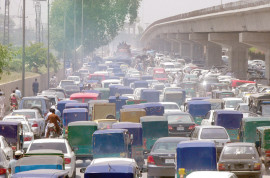
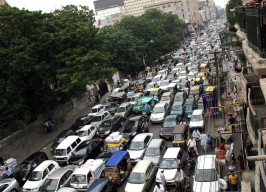
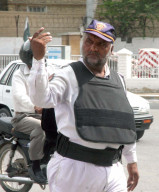



1713509570-0/Taylor-Swift-Album-Release-(1)1713509570-0-270x192.webp)
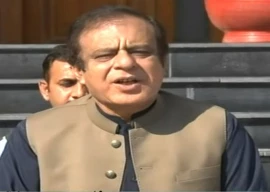
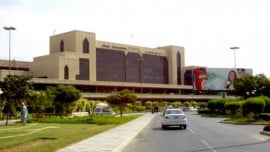














COMMENTS (5)
Comments are moderated and generally will be posted if they are on-topic and not abusive.
For more information, please see our Comments FAQ